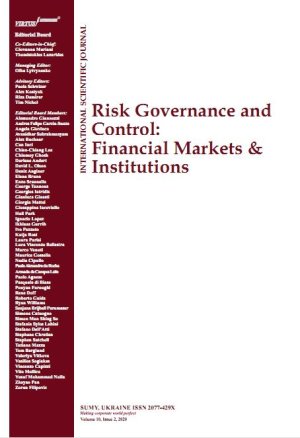
EFFECTIVENESS OF THE MANAGEMENT OF PRICE RISK METHODOLOGIES FOR THE CORN MARKET BASED ON TRADING SIGNALS
Download This ArticleAbstract
Corn production is scattered geographically over various continents, but most of it is grown in the United States. As such, the world price of corn futures contracts is largely dominated by North American corn prices as traded on the Chicago Board of Trade. In recent years, this market has been characterised by an increase in price volatility and magnitude of price movement as a result of decreasing stock levels. The development and implementation of an effective and successful derivative price risk management strategy based on the Chicago Board of Trade corn futures contract will therefore be of inestimable value to market stakeholders worldwide. The research focused on the efficient market hypothesis and the possibility of contesting this phenomenon through an application of a derivative price risk management methodology. The methodology is based on a combination of an analysis of market trends and technical oscillators with the objective of generating returns superior to that of a market benchmark.
The study found that market participants are currently unable to exploit price movement in a manner which results in returns that contest the notion of efficient markets. The methodology proposed, however, does allow the user to consistently achieve returns superior to that of a predetermined market benchmark. The benchmark price for the purposes of this study was the average price offered by the market over the contract lifetime, and as such, the efficient market hypothesis was successfully contested.
Keywords: Trading Signals, Price Risk, Effectiveness, Corn Market
How to cite this paper: Rossouw, W., & Young, J. (2013). Effectiveness of the management of price risk methodologies for the corn market based on trading signals. Risk Governance and Control: Financial Markets & Institutions, 3(1), 7-17. https://doi.org/10.22495/rgcv3i1art1



















